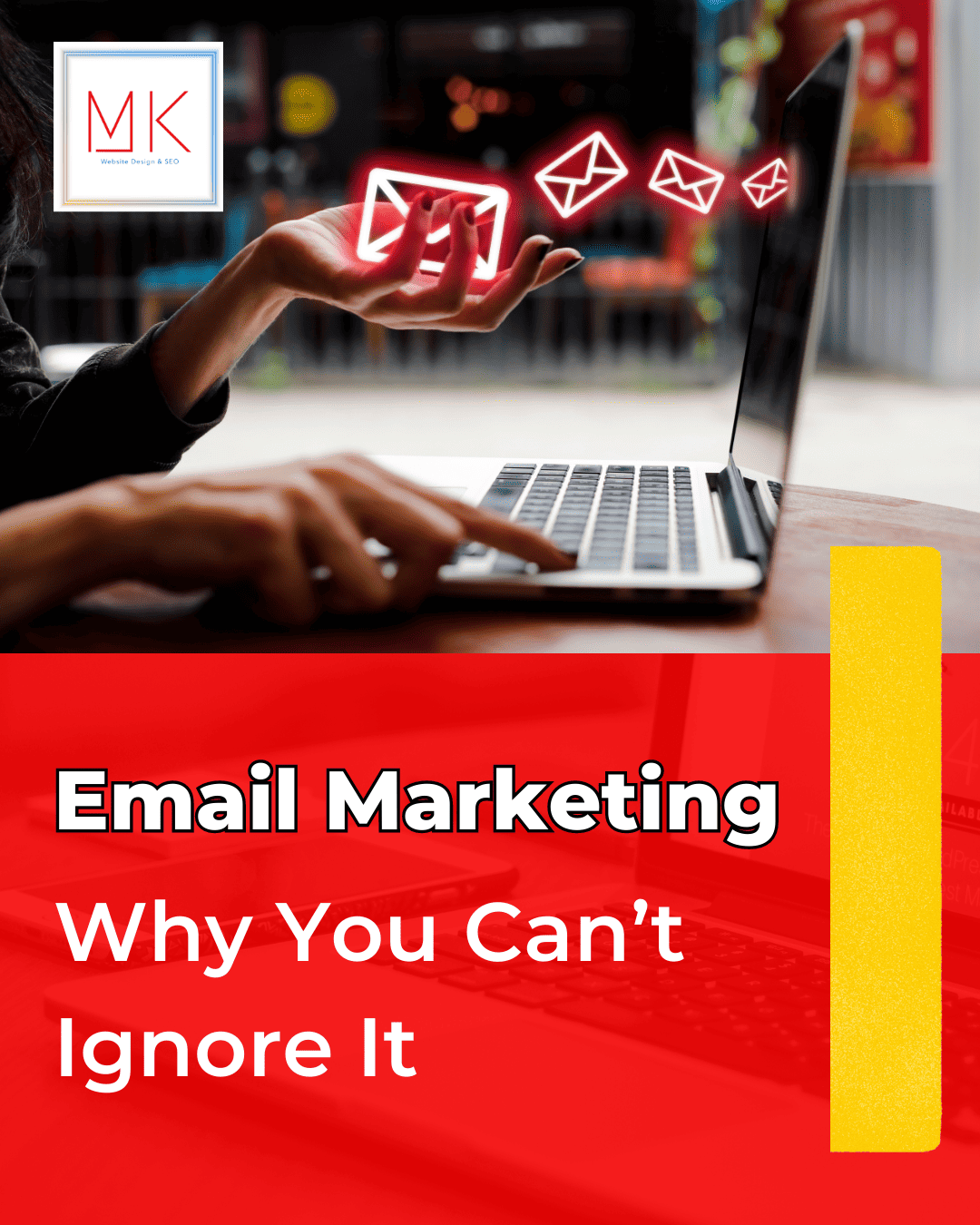Email Marketing-Why You Can’t Ignore It
Many people are under the idea that email marketing is dead. It is only understandable considering the number of emails that you ignore, delete, and mark as spam if you hold this notion.
That said, there is also a select number of emails that you are happy to engage with.
With that in mind, it begins to make sense that you can still use email for business in 2021.
All you need is to learn the tricks that can help recipients view your email as an important email and want to engage with it.
Creating engaging experiences
It is likely that if you plan on using email marketing, you have a call to action on your website. Something like, “Subscribe to our weekly newsletter”.
However, have you taken the time to think about the type of experience your subscribers get when they click on your call to action?
Let see this in the context of buying a product.
Always try and win back a customer who went through the buying process but abandoned the cart.
Here you can set a trigger to send an email to prompt them to revisit the website and complete their purchase.
One thing to keep in mind is that while new and prospective customers are always a good thing, it is the returning customers that will impact the business’s bottom line the most.
Focus on customer relations
Optimizing and personalizing your email marketing campaigns should be a priority.
Personalizing allows your business to engage with customers in a far more meaningful way.
A straightforward way to drive this point home is instead of an email starting with hey, or hello, you can choose to start with the reader’s name.
A/B testing – the importance
We cannot overemphasize the importance of A/B testing when it comes to email marketing campaigns.
Through analyzing previous customer data, you will know precisely what your customers respond to and use this information in your next campaign.
Did you know that as soon as you receive an email, your habits are being evaluated and analyzed through it?
Some of the information that you can find out is:
- Does the subject line affect your email response, or are you better off with emojis
- What happens when you increase the number of images? Do you get more responses or fewer responses?
- What time of the day do you get the most emails?
With A/B testing, you may find that your hypothesis fails. However, you should never look at it this way.
Instead, view this as an opportunity to learn something from it.
Let’s say the majority of your customers read their emails on their mobile phones.
You may start to realize that if you increase copy that the click-through rates go significantly low.
Now you know what you shouldn’t do next time.
Speaking of mobile phones
Over 70% of people would rather read their emails via their mobile apps than on the desktop.
It makes sense, therefore, to ensure that your email marketing campaigns are optimized for mobile.
People now decide on whether or not to proceed with a purchase within seconds.
This means that you can quickly lose a customer if they don’t like what they see on their emails.
Final Word
While it is easy to think that email marketing is dead, the truth is that it is still alive and well in 2021… If you use it right!
The fact that most businesses are looking away from email marketing means that your business can look towards revitalizing this way of marketing your brand.
Done the right way can help improve your company’s bottom line, so definitely, don’t take it off the scope!
Now with this in mind, let’s move on to part 2 of this article series, where we will give you actionable tips and tricks to take massive action on your email marketing and use it to scale your business.
Ready? Steady. GO!













